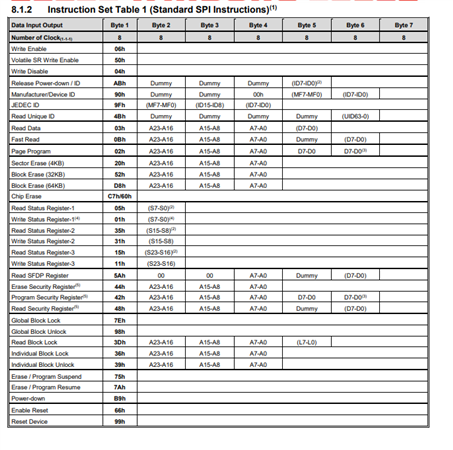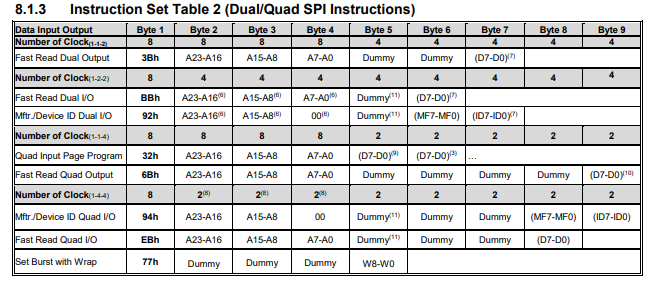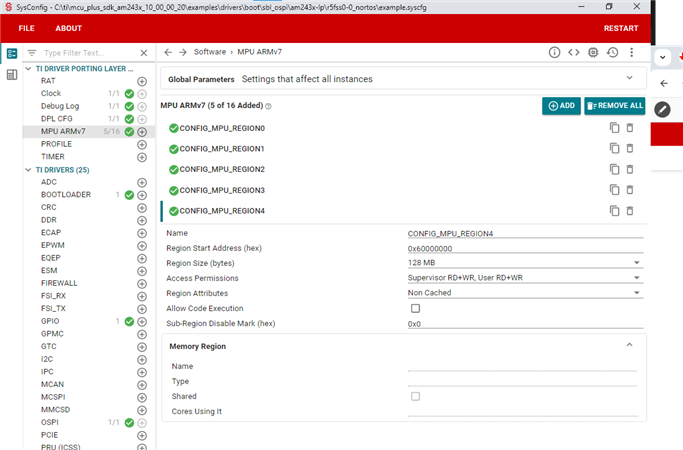Other Parts Discussed in Thread: SYSCONFIG
Tool/software:
Hello experts,
I need to perform a chip reset whenever a certain string is received from the UART.
The function SOC_generateSwWarmResetMainDomain() is called after receiving the specific message, the firmware execution stops, but never restarts.
Am I missing something?
Best Regards,
Andrea








